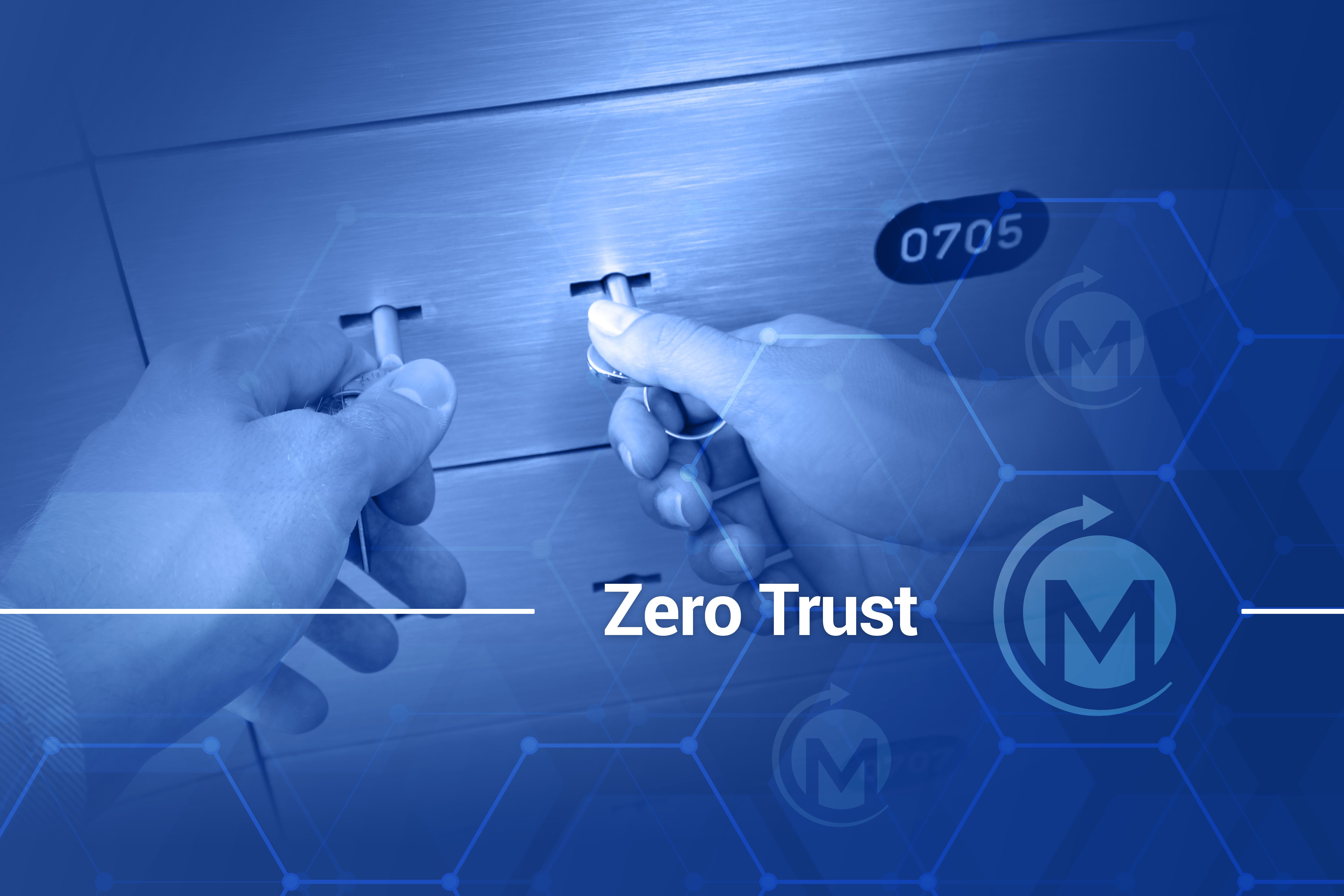With more workforces adopting cloud computing, remote work, and other new and emerging technologies, companies are scrambling to protect their data in multiple locations. Here at MindPoint Group, we use Zero Trust Architecture (ZTA) to keep our network secure, and we’re confident that others can apply these principles to keep their personal and professional data safe.
What Is Zero Trust?
Zero Trust is a security concept that focuses on three main principles:
- Trust No One
- Least Access Needed
- Always Assume A Breach
Zero Trust seeks to make an ever-changing world full of threats more secure from a digital perspective. Adopting ZTA is a journey; it involves changing ones mindset to apply these principles in creative ways, unique to your own personal setup.
Trust No One
When we say “zero trust”, we mean it. Traditional security models implicitly trust any user with access to the system, which is not the case with ZTA.
This principle stresses that authentication is required for any access. Each potential user is individually vetted, and no one is automatically trusted with access. It is critical to understand exactly who your users are, how they are connecting, and what they are trying to access in order to verify the integrity of the users, their devices, and the resources.
The NIST recommends authorization protocols on a “per-transaction, per-user, and per-system basis.” In this case, “Trust No One” can be taken a step further as the principle of vetting each access request at the time of the request.
Least Access Needed
Don’t give more access than what is absolutely necessary in any given transaction. Traditional security models allow users to move freely within the system once they’ve been granted initial access. Under a ZTA model, assets and networks are specifically segmented in order to prevent users (and potentially, bad actors) from laterally moving throughout the system, accessing sensitive data.
Using this principle, security officers simultaneously consider each user, the sections of the network they will likely be using, and how to keep critical assets secure.
Always Assume a Breach
If traditional security followed a “trust but verify” model, ZTA takes it a step further. “Perimeter” architecture assumes that as long as each user is verified or authenticated upon initial access, the system must be secure. Under ZTA, systems are continuously monitored, and assets are protected as though bad actors have already infiltrated the network. Every element of the network infrastructure is viewed suspiciously, with the understanding that each additional router, cloud access, or other devices are a potential security liability.
As networks are built with less physical hardware, their boundaries become more and more ambiguous. ZTA requires a constant defensive posture, with the understanding that cybersecurity threats are always changing and evolving.
If you’d like to learn more about how you can apply Zero Trust principles in your environment, feel free to reach out. We’ll connect you with an expert who’s ready to help with your Zero Trust journey.







